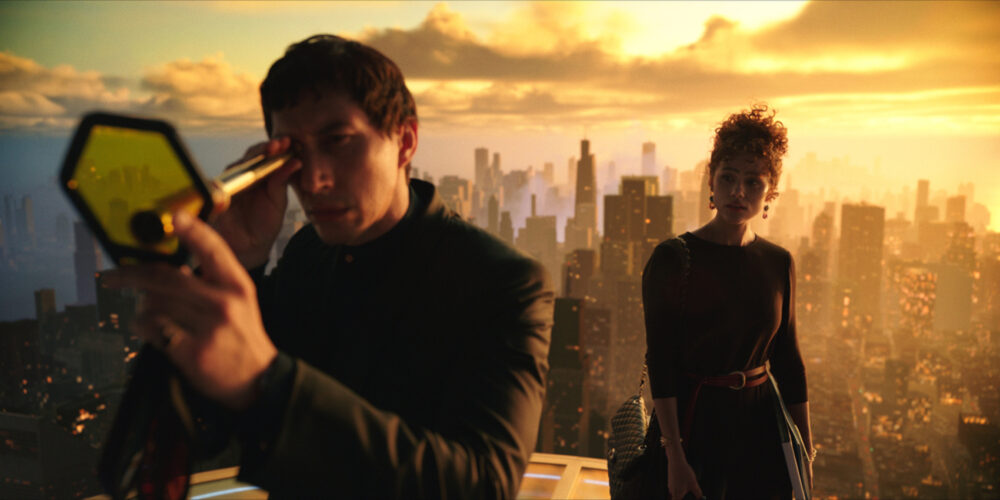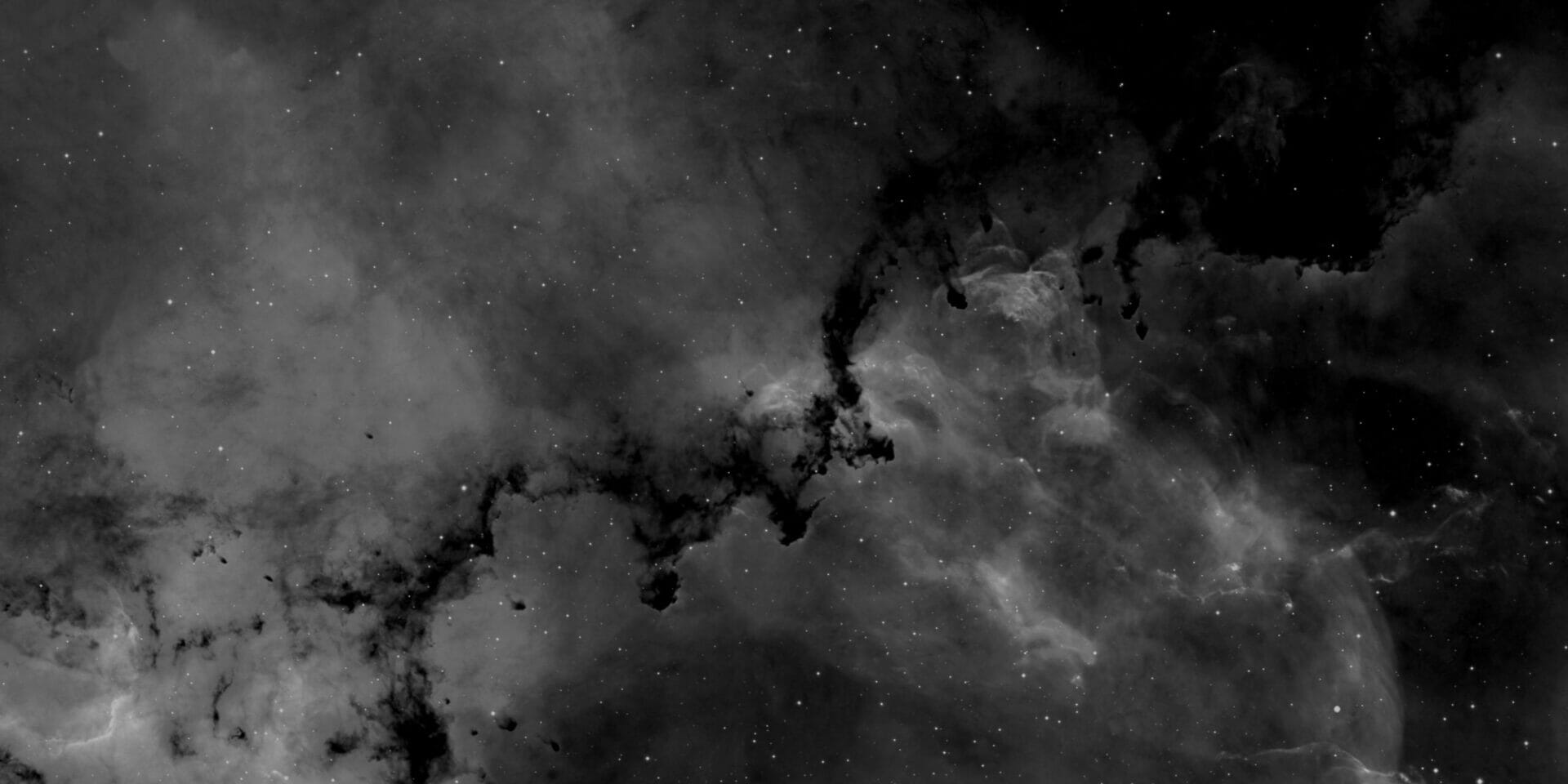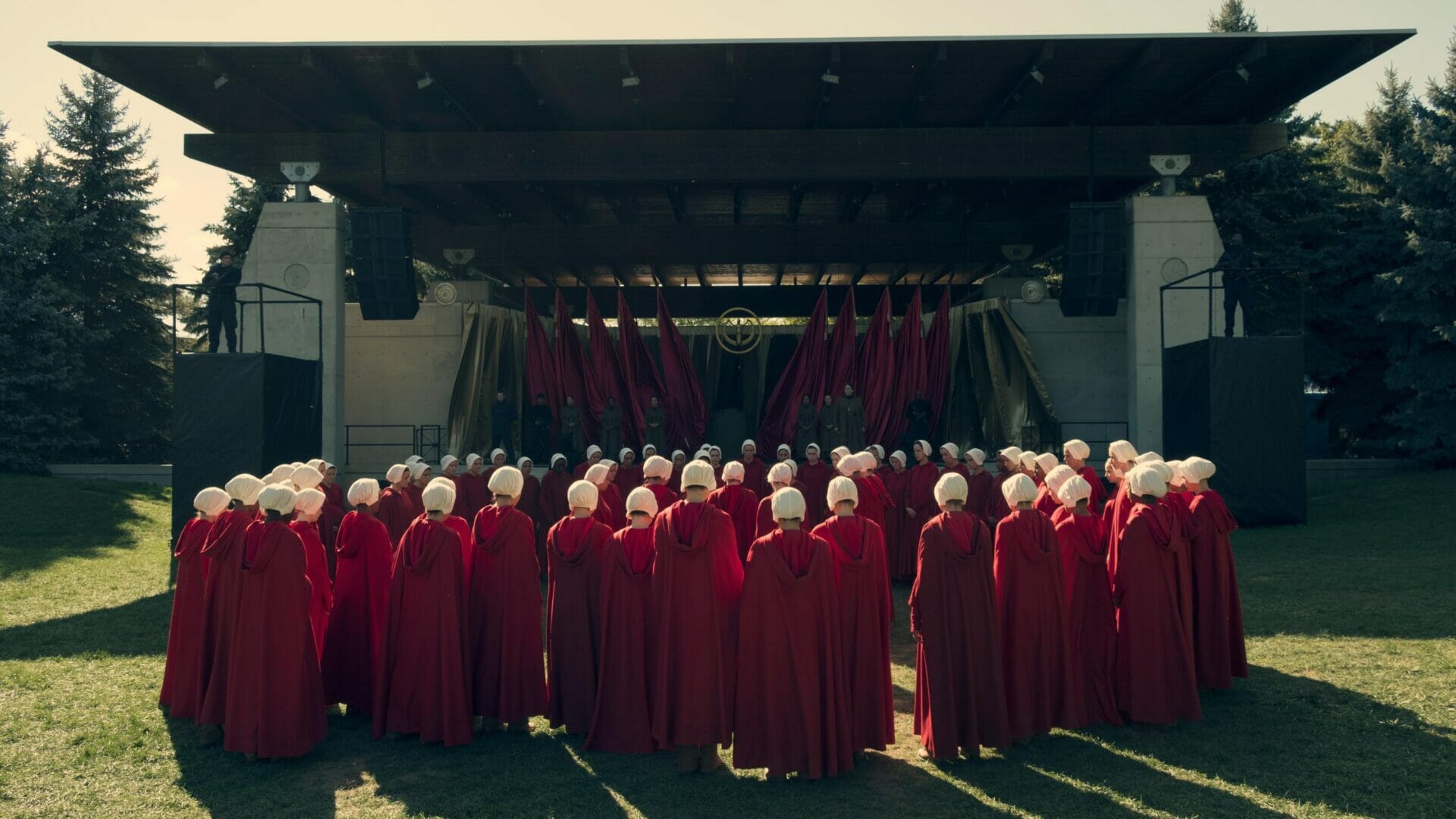
Megalopolis | Coppola's Hope for a Better Society is not enough
Year
Runtime
Director
Main Cast
Writer
Cinematographer
Music by
Country
Genre
By
When does an empire die? Does it collapse in one terrible moment? No. No. But there comes a time when its people no longer believe in it.
Fundi Romaine in Megalopolis (after Senator in The Fall of Roman Empire)
Presented at the 77th Cannes Film Festival, Francis Ford Coppola‘s new movie Megalopolis raised doubts in the Kermesse audience. Coppola developed the idea for its creation about forty years ago, yet he only managed to bring it to theatres today.
Coppola took inspiration for the themes from Bellum Catilinae (War of Catiline) by the historian and politician of the Roman Republic, Gaius Sallustius Crispus, aka Sallust. In this text from around 40 BCE, Catilina plans and implements a conspiracy to subvert the Roman Republic but later fails and loses his life.
In history, Catilina lost and was killed and Cicero survived. But since the survivor tells the story, I wondered, what if what Catilina had in mind for his new society was a realignment of those in power and could have even in fact been ‘visionary’ and ‘good’, while Cicero perhaps could have been ‘reactionary’ and ‘bad’.
Francis Ford Coppola in an interview with Vanity Fair
As he did for Apocalypse Now, by transferring Joseph Conrad‘s novel Heart of Darkness from Africa’s colonization to the Vietnam War, in Megalopolis Coppola brings Ancient Rome to a dystopian America, wondering if Catiline was right.
The City of New Rome
In a retro-futuristic city called The City of New Rome, Cesar Catilina (Adam Driver) is an architect who won the Nobel Prize for discovering the Megalon. This is a new material that could allow the rebirth of society, which is now increasingly in decline. However, the mayor of the city, Franklyn Cicero (Giancarlo Esposito), faithful to his conservative principles, does not see it favorably. At the same time, Cicero’s daughter Julia (Nathalie Emmanuel) falls in love with Catilina, experiencing the conflict that this relationship can bring to her family but confident in changing her father’s ideas.
The allegory with the Roman Empire is present right from the start in the protagonists’ names and in everything the movie brings. There is a Colosseum, where chariot races can take place. The clothes are modern but based on a classic Roman style, which refers to using togas. Statues of Roman deities adorn the city – and collapse in despair on the outskirts, coming to life.
Coppola’s New Roman Empire, in its decline, echoes the crisis of another empire: the modern United States.
My feeling was to make a Roman epic set in modern America, and I had no idea that the politics of today would make that so relevant.
Francis Ford Coppola at Cannes film festival
According to the director, if history seems destined to repeat itself, the American Empire could also be nearing its end.
Coppola’s criticism, however, does not stop at seeking a better society to prosper rather than enter an era of destruction. The decline affects every area of society, including the American film industry. He himself found it difficult to produce Megalopolis, despite the current themes and epic style, precisely because the modern era no longer looks favorably on investments that might be too risky.
Indeed, “studios are in great debt — as the director said during the press conference in Cannes — and the job is not so much to make good movies. The job is to make sure that they pay their debt obligations.”
Megalopolis is like a dream
The plot is clear and classic: two families in conflict over an ideal and a third party — like Shakespeare‘s Romeo and Juliet— who tries to make peace between them. Coppola’s theory is also limpid: if men do not change and remain anchored to the past for personal gain, they are destined to decline.
The solution proposed by the director is not original: if people collaborate and commit to building a better future for their children, society will recover.
If Megalopolis initially presented itself as a dystopia with Roman meanings, towards the end it becomes a real utopia, which offers no concrete solutions on how to rise from its ashes. If not perhaps by coming into possession of the Megalon, the new almost magical material invented by Catilina.
References to ancient Rome are not new in the world of cinema, starting from historical movies concerning those ancient times right up to literary and cinematographic sagas that took inspiration from those times, such as The Hunger Games.
Despite its references to ancient Rome, Megalopolis remains, at best, a science fiction movie. This is why it even recalls Blade Runner (1982), with the planning of a hypothetical city of the future and some stylistic aspects.
However, Francis Ford Coppola’s inspiration is above all some books, as he himself revealed: three essays by David Graeber, and The Glass Bead Game by Herman Hesse, each of which, in its own way, speaks of stories of civilization.
Considering that the idea for Megalopolis was born forty years ago, numerous influences have followed one another over time and between the lines of the screenplay written by Coppola himself.
The good intentions
After years of waiting, Coppola decided to produce the movie, covering the entire budget of 120 million dollars. After selling his popular winery and mortgaging his four houses, Megalopolis has seen the light.
My first goal always is to make a film with all my heart, so I began to realize it would be about love and loyalty in every aspect of human life. Megalopolis echoed these sentiments, in which love was expressed in almost crystalline complexity, our planet in danger and our human family almost in an act of suicide, until becoming a very optimistic film that has faith in the human being to possess the genius to heal any problem put before us.
Francis Ford Coppola in an interview with Vanity Fair
Coppola’s intentions are therefore to convey a message of solidarity and growth through his movie. Attract the common gaze, and make people talk about his vision of the world. To do so, the director relied on a stellar cast. In addition to the aforementioned Driver, Esposito and Emmanuel, Megalopolis sees the presence in the cast of Dustin Hoffman, Talia Shire, Jon Voight, Aubrey Plaza, and Shia LaBeouf. Each of them, in addition to playing a character that harks back to those who existed in ancient Rome, embodies a stereotype of modern society.
Mixed receptions from critics and audience
Although Megalopolis is a movie with a shareable heart, what is instead the surface, the story, the characters, the comparisons with the ancient world and the general mood of the work, created various reactions in the public.
Since its screening at Cannes, Megalopolis has attracted praise and applause on the one hand, and criticism and boos on the other already during the closing credits. Contributing to the diversification of opinions are the contrasts between characters with depth and an ancient way of acting and speaking, and a civil society that is cartoonish to the point of creating a sense of unexpected anachronism. Events that bring with them metaphors on history and the human soul but create plot holes. Comic skits and irrelevant secondary lines surround the main plot, giving the protagonists a hard time but never creating practical serious obstacles. Fictional situations mirror the soul of some characters but make it difficult for the spectator to identify with them. In addition, the reflection of Coppola’s thoughts, which, although agreeable, is a school lesson from a superior being to his subordinates.
The result is a collective perplexity that at the same time contributes to fueling the curiosity of those who have not yet had the opportunity to see it – and who knows if they ever will, given the problems that Coppola is facing in finding a distribution outside of Europe.
The director himself is not discouraged by the mixed reception and compares this result to what he achieved for Apocalypse Now. Considering how much the latter is now considered a cult movie, who knows if Megalopolis, despite its hope for a better future for Earth and show business, will manage to gain the same prestige in the annals of cinema.
I am extremely positive about the future. I am sure we will understand that we are in this together and that we are capable of solving the very difficult problems in the world today.
Francis Ford Coppola in an interview for Accutron
Tag
Buy a ☕ for Hypercritic









